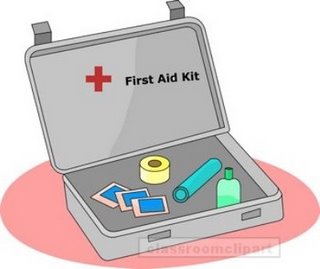
Study notes. Perhaps you should review the old post, Corpsman, I'm not highlighting them again!
You'll see some of this again. I did tell you that you have to take tests, didn't I?
The hospital corps has, after a fashion, been a part of the United States Naval service since 1799 when a provision of congress was instituted service-wide to include a surgeon's assistant on all ships of the fleet.The title of this specialty of training, also known as rating in naval terminology has changed over the years from loblolly boy, surgeon's steward, apothecary and bayman, the latter three all requiring the rate holder to be a recipient of some private medical instruction.On 17 June 1898 by act of congress, the Hospital Corps was established, though the actual name of the servicemen under that rating would change several times (being known as "Pharmacist's Mates" throughout the World Wars) before ultimately becoming simply "Hospital Corpsman". The modern rating abbreviation is HM.During World War I, there were 684 personal awards issued to Hospital Corpsmen, who distinguished themselves while serving with the United States Marines in numerous battles, among them Belleau Wood.In World War II, Hospital Corpsmen hit the beach with the U.S. Marines in every battle in the Pacific. A Hospital Corpsman named John Bradley was among the group of Marines in the famous flag raising on Mt.Suribachi during the Battle of Iwo Jima. They also served on ships and submarines. They performed 14 unassisted appendectomies while in a submarine. The Hospital Corps has the distinction of being the only corps in the U.S. Navy to be singled out in a famous speech by Secretary of the Navy James Forrestal after the conclusion of World War II.
No comments:
Post a Comment